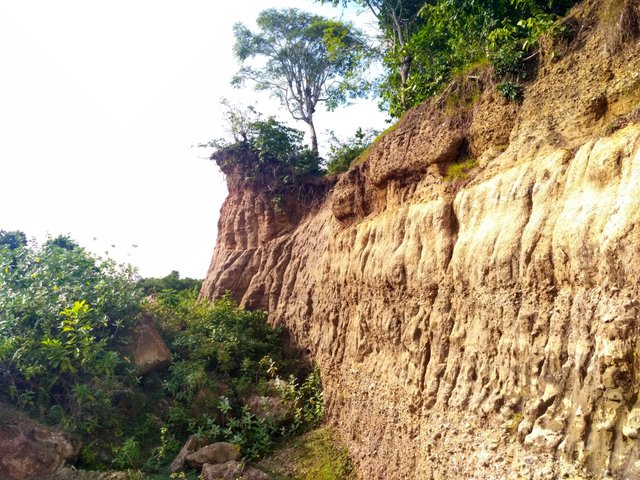Research in PNL _Politechnics Lhokseumawe
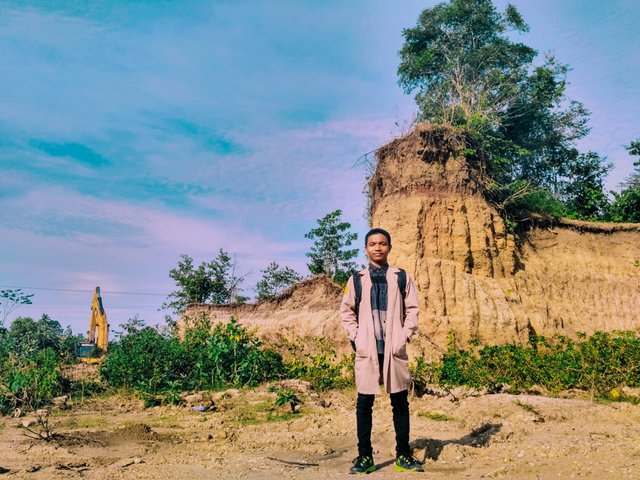
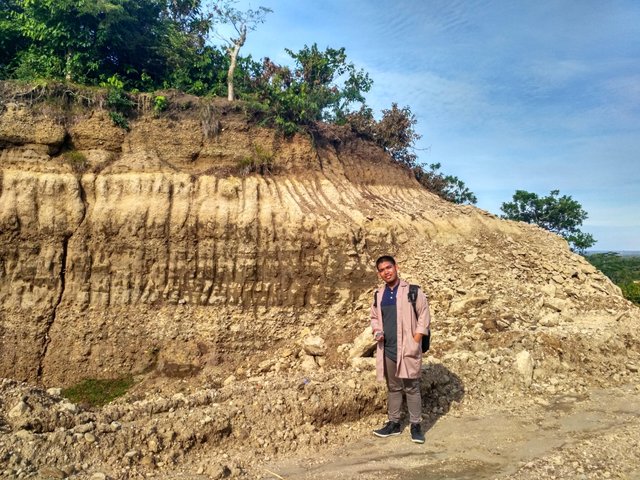
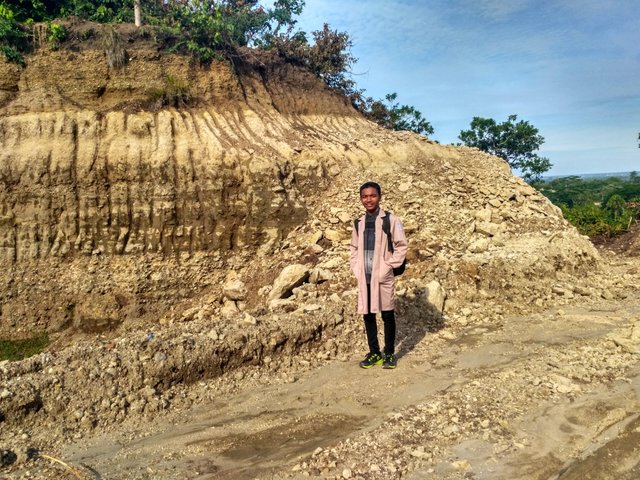
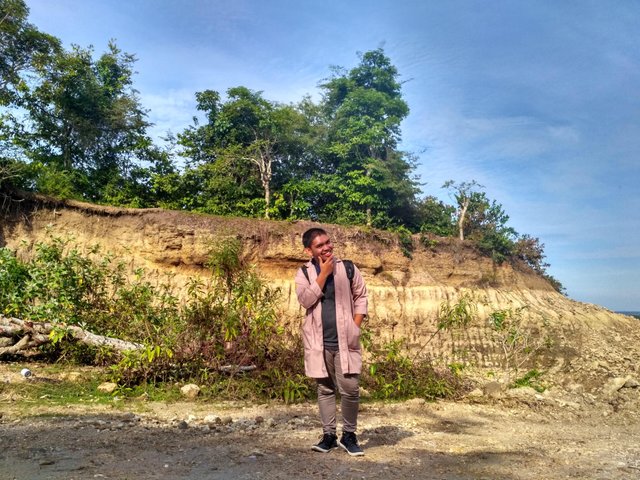
Humus Soil
The humus soil is in the upper layer, dark and loose.
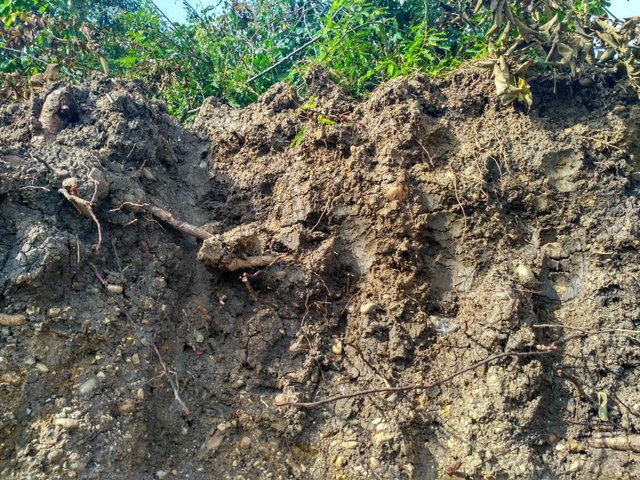
Sandy Soil
Sandy soil is easy to pass through water and contains little organic matter. This soil is formed from weathering of rocks
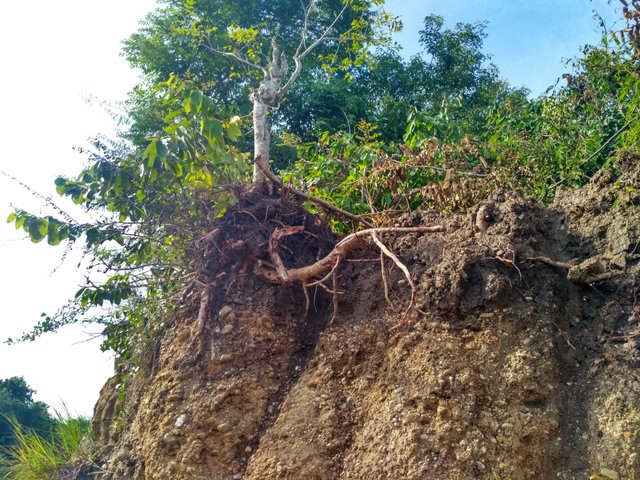
#Clay
Clay is very difficult to pass water. This soil is very sticky and easily formed when wet and often used as a base material for making bricks and pottery
Calcareous Earth
The soil is formed from the weathering of rocks. This soil is very easy to pass through water and contains very little humus. This land is suitable for planting teak trees
Peat
Peatland is formed in swamp areas. This land is dark, and textured wet and soft.
Volcanic Ground
Volcanic soil is widely available on the slopes of the mountain, the soil is formed from the ash material left behind after the eruption of the volcano
Podzolic Land
Podzolic soils are easily found in high rainfall and temperate climates. This soil is formed from weathering rocks that contain a lot of quartz so podzolic ground brownish. Podzolic soil is less fertile and less suitable for agriculture.
Land of Alluvial
Alluvial soil is also called sediment soil because it is formed from the mud deposits carried by the rain water to the lowlands
Laterite Soil
The laterite soil is in the lower layers. This soil is reddish and does not contain humus,
